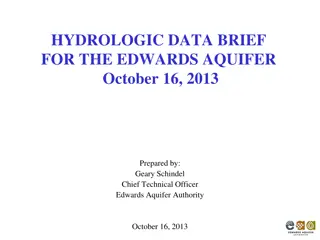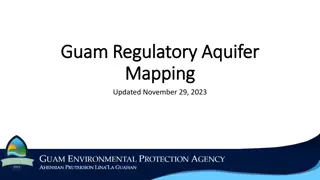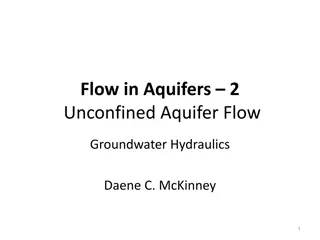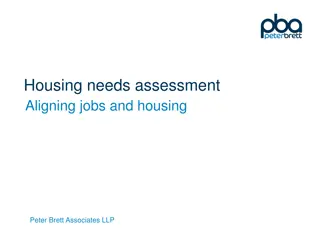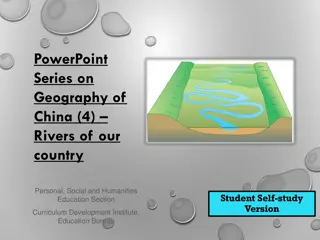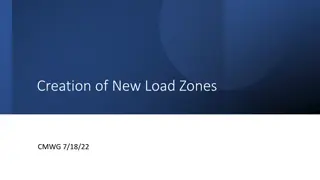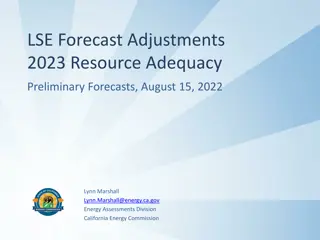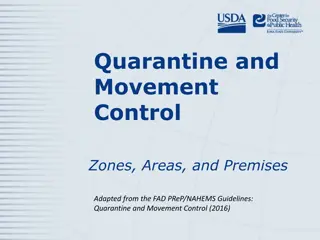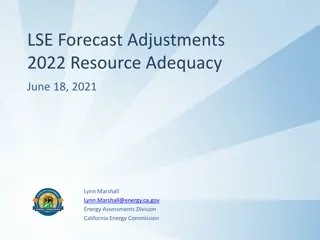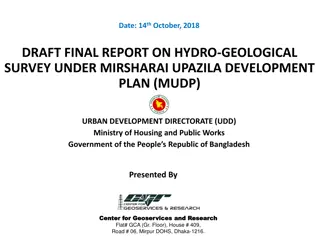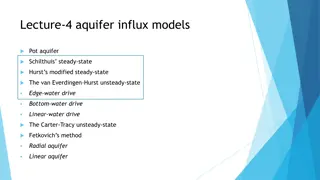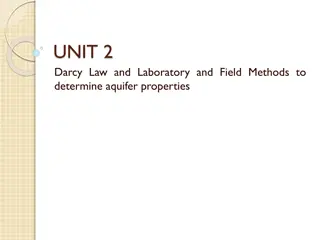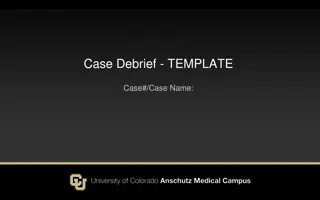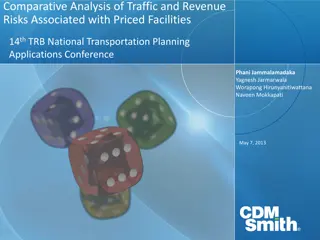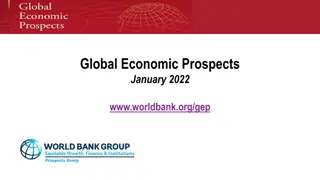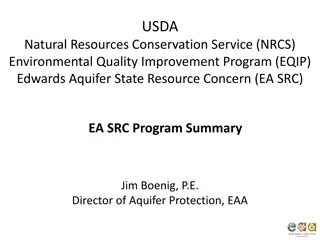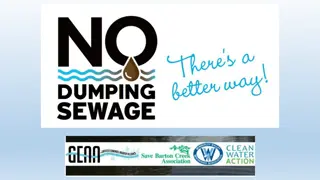Insights into Edwards Aquifer Forecasts and Risk Zones for 2014
This report delves into the Edwards Aquifer forecasts for 2014, examining scenarios based on previous dry years and risk zones for springs. It analyzes different cases with reductions in permitted pumping rates, along with the analysis of well water level changes, highlighting historical data and trends. The findings provide valuable insights for stakeholders and decision-makers regarding water management strategies.
Download Presentation

Please find below an Image/Link to download the presentation.
The content on the website is provided AS IS for your information and personal use only. It may not be sold, licensed, or shared on other websites without obtaining consent from the author. Download presentation by click this link. If you encounter any issues during the download, it is possible that the publisher has removed the file from their server.
E N D
Presentation Transcript
Edwards Aquifer Forecasts for 2014 Jim Winterle EAA modeling supervisor HCP Stakeholder Committee May 28, 2014 1
2014 scenarios based on previous dry years Case 1: 10-year-average pumping rate of 385,000 acre-ft 23 Scenarios dip into the 60 cfs risk zone: 35% probability 17 scenarios dip into the 30 cfs risk zone: 25% probability 3
2014 scenarios based on previous dry years Case 1: 10-year-average pumping rate of 385,000 acre-ft 23 Scenarios dip into the 60 cfs risk zone: 35% probability 17 scenarios dip into the 30 cfs risk zone: 25% probability 4
2014 scenarios based on previous dry years Case 2: 40% reduction in permitted pumping = 350,000 acre-ft 21 Scenarios dip into the 60 cfs risk zone: 31% probability 17 scenarios dip into the 30 cfs risk zone: 25% probability 5
2014 scenarios based on previous dry years Case 3: 44% reduction in permitted pumping = 320,000 acre-ft 19 Scenarios dip into the 60 cfs risk zone: 28% probability 16 scenarios dip into the 30 cfs risk zone: 23% probability 6
Index Well J-17: analysis of changes from January 1 water levels Median peak summer decline is 15.8 feet Mean is 13.2 feet 7
J-17 water-level changes for years that started below 650 feet 8
J-17 maximum water level decline for years that started below 650 feet Greatest J-17 decline of -21 feet was in 1990 when annual pumping was high at 489,000 acre-feet 9
Conclusions Analysis of prior drought scenarios suggests at approximately a 1-in- 4 chance that springflow at Comal Springs will fall below 30 cfs by late summer, and a 1-in-3 chance that they will fall below 60 cfs Without above normal rainfall, we can expect J-17 water levels to decline 10 to 20 feet by late summer, making Stage IV likely and Stage V possible Critical period withdrawal limits and average or better rainfall will help to reduce the amount of decline The chances that we will end the year above Stage II restrictions are about 1-in-4 The chances that we will end the year above Stage I restrictions are about 1-in-8 11


